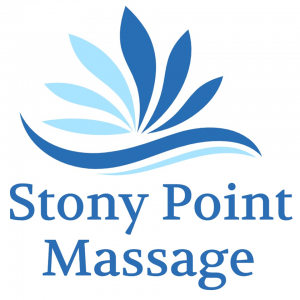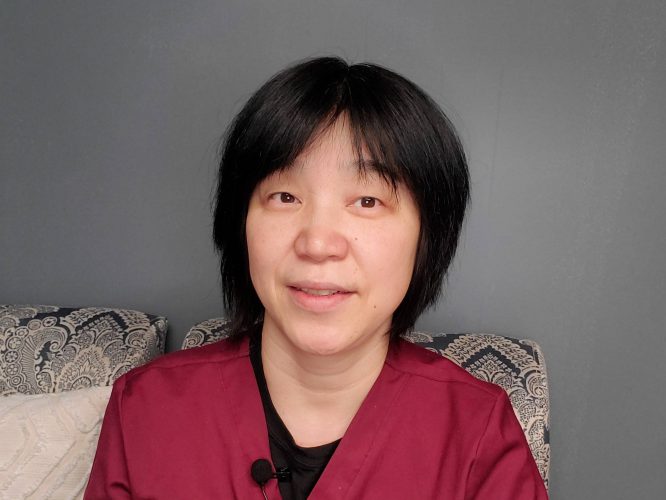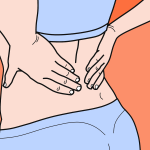Eastern Medicine as the foundation
I’m from Japan, so massage means acupressure, and when I started to go to massage school, I was shocked to find out that we had to learn Swedish massage where clients undress, and therapists give massage with oil. I almost fainted and thought I would quit. And I practiced qigong, yoga, and energy work for ten years. I was planning to open my yoga center before I shifted my direction to become a massage therapist.
Trigger Point Therapy
Then I got rotator cuff tear injury during the first year working as a massage therapist. I couldn’t dress or undress without excruciating pain and went through sleepless nights for a couple of months. I basically couldn’t do anything with my right shoulder. As I searched the way to restore my shoulder, I found that trigger point therapy was effective and started to work on myself. Long story short, that’s how I recovered within one year. So when I went back to work, I mostly practiced clinical type of massage applying trigger point therapy to help people with muscle injuries. My experience with shoulder injury helped me understand what clients go through, and that enabled me to connect with my clients better.
Integration of clinical Massage with a holistic approach
As I went through many clients, I saw how their mind and emotions affect their bodies. People get tension and stress from their way of thinking, negative emotions, and their habits. So I went back to a more holistic approach to see their mind, emotions, habits together with the physical issues.
So I combine clinical massage with Eastern medicine. Most massage therapists are on the dot with time and do whatever they can do in the time allocated. In the spa, the tendency is therapists fill the time with their service, not the other way around. I focus on the work, not the time, so I often go over time, because I can’t finish until I’m satisfied with the job.
Communication is everything
Communication with clients is essential. Without knowing how the issue came about, and without making a connection with the clients, how can I help them? I don’t mean chatting, but I need to know about them. Even asking about their hobbies, children, and jobs give me clues. Some people are used to have total silence during the session, and that doesn’t work with me. As I get to know them, I can have less conversation with them. I hardly say anything when I’m working on my husband. Something happens when I connect with my clients. My session becomes more fluid, and the healing starts to take place. That’s how important it is to have an internal connection.
What is the most frustrating thing? When I can’t find the cause of the issues. That’s so frustrating and upsetting. As long as I can find out what is causing the pain or restriction, I can help. Then, the rest is up to the clients whether they want to come back for more or not.






